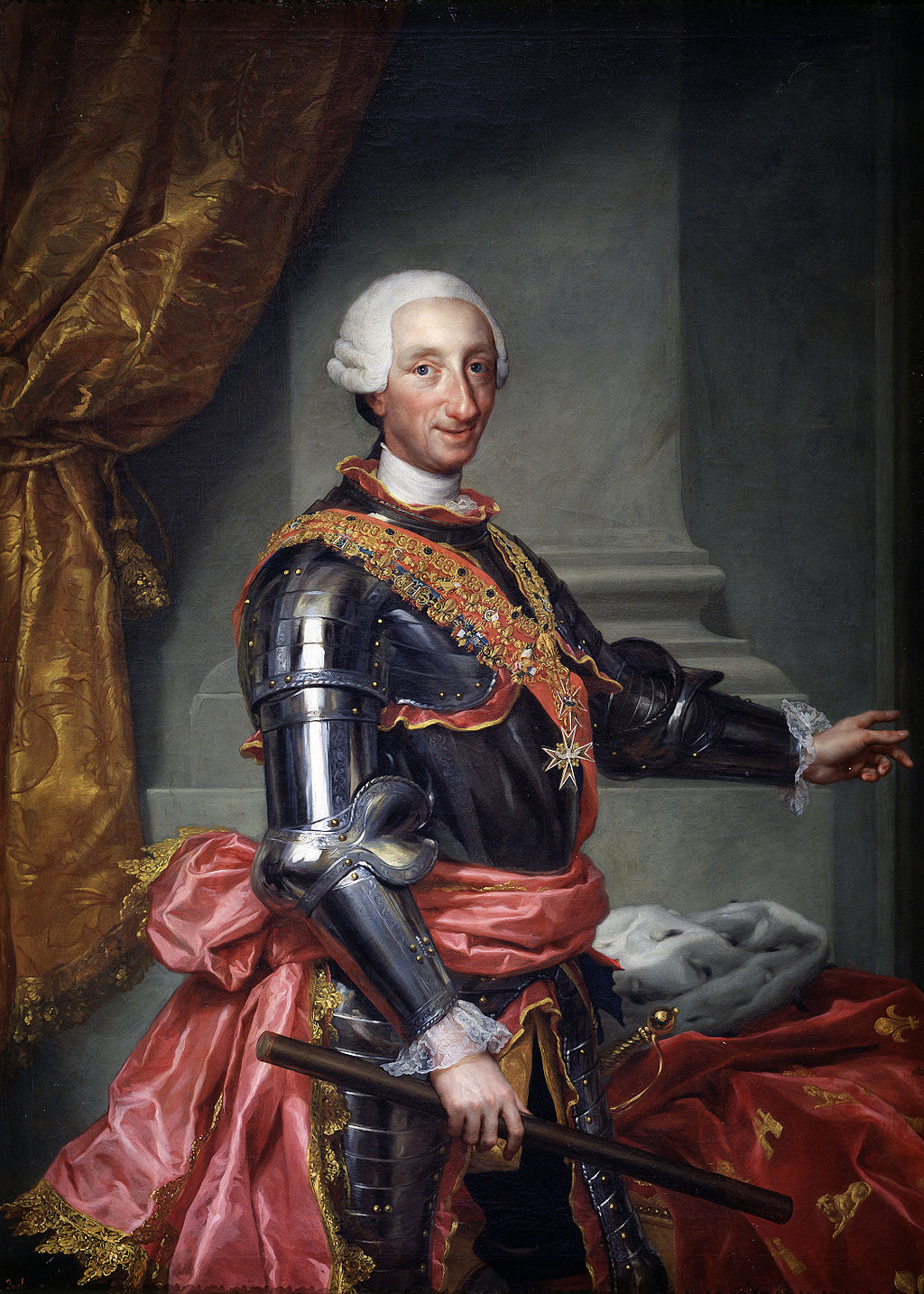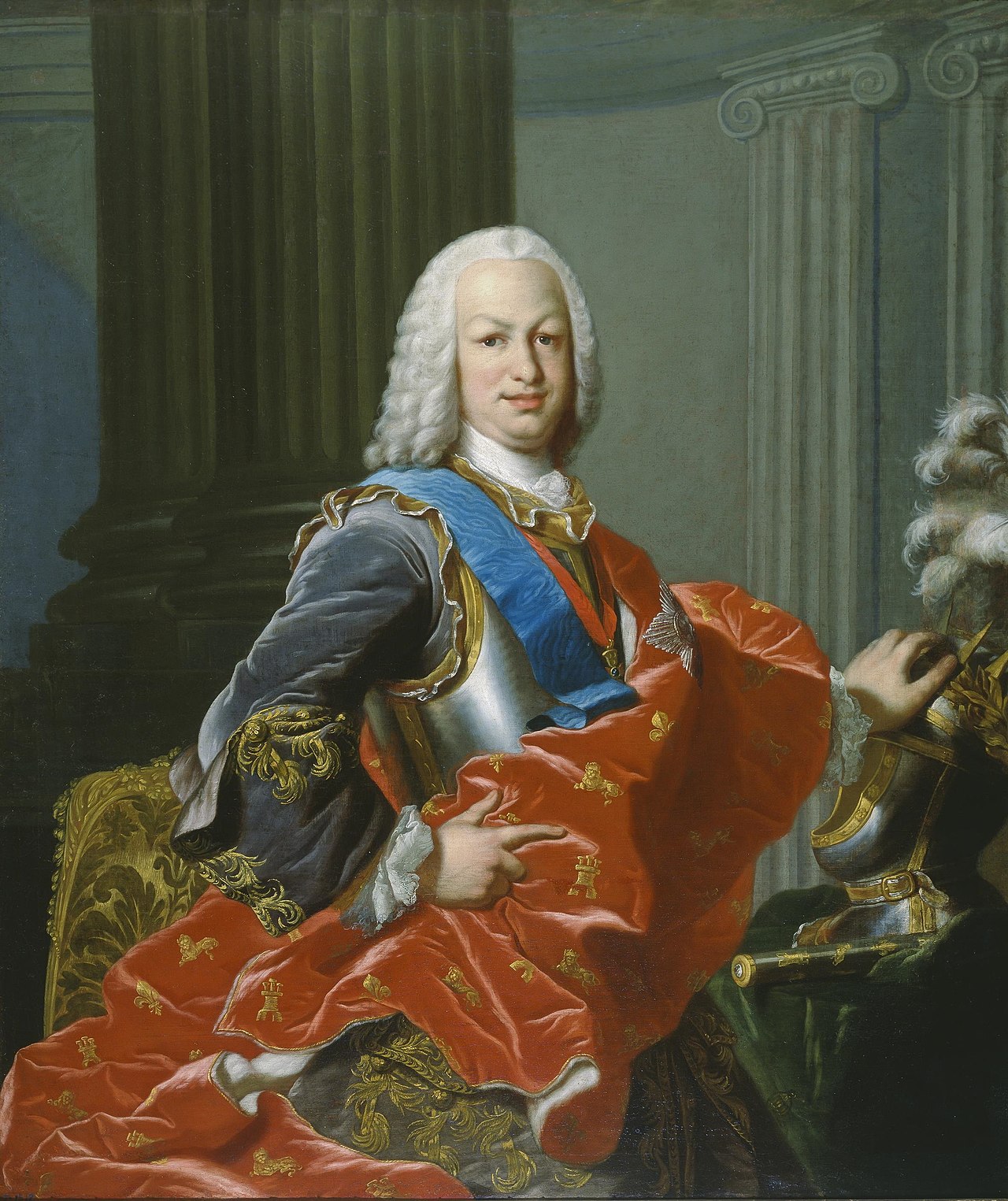Eight daughters did not secure the line of succession in a country ruled by Salic law. However, it did provide plenty of opportunity for securing alliances across Europe - much like Maria Theresia of Austria-Hungary did with her plentiful offspring. Therefore, it is quite odd that only one of the daughters of Louis XV and Marie Leszczynska was married off. France was generally unwilling to marry off one of her princesses to a Protestant king or prince which already limited the marriage market - nevertheless, there were still plenty of suitable suitors to choose from.
The question is why were none chosen? One reason could be Louis XV's occasional apathy towards the policies of his state. He might not have considered it absolutely necessary for France to forge an alliance with a foreign state. This seems somewhat unlikely given that the days of Louis XIV's glorious military years were long gone. Perhaps the king had no inclination to force his daughters into matrimony; the majority of them outright declared that they would rather remain unmarried than marry beneath their rank. But then again, Louise Élisabeth - the daughter who was married off - was not particularly eager to wed either. It could be that the king wished to spare himself and his family from the unpleasantness of an abrupt separation that a foreign marriage would inevitably occasion.
The reasoning aside, it is worthwhile to take a look at who the king and his ministers had in mind before rejecting them. Two of the eight daughters born to Louis and Marie died in their childhood and one was already married. This left five young princesses on the marriage market.
Madame Henriette
Surprisingly enough, few. candidates were seriously considered for Madame Henriette. The only one who came close to a downright betrothal was not even a foreigner: Louis Philippe d'Orléans, heir to the duchy of Orléans. However, Louis XV was wary of letting his cousins too close to the throne and dismissed it.
Sadly, Madame Henriette died at the age of 24 without having ever been betrothed.
Madame Adélaïde
Timing and taste appears to have been the factors behind Madame Adélaïde's marital status. She became a teenager - the normal age for marriage for a female - in the 1740's but no Catholic thrones were in the need of a queen. The king of Spain was married and so was his heir, Ferdinand. The Holy Roman Emperor was likewise married (to Marie Antoinette's mother) and Russia was ruled by a woman.
But there actually was one suitable match: Charles Emmanuel III, King of Sardinia and Duke of Savoy. He had been born in 1730 and was therefore just two years older than she. Furthermore, while he had been married three times, his third wife had died in 1741. Sardinia was indeed a small nation but Madame Clothilde (Adélaïde's niece) was married to a Sardinian king so it cannot have been thought too demeaning. Also, Savoy had long been strategically important due to its location and Adélaïde's own grandmother had been a princess of Savoy.
 |
| Charles Emmanuel III of Sardinia |
Others pointed to the duchy of Saxony where there was a young, Catholic prince by the name of Francis Xavier. Like the king of Sardinia, he had been born in 1730 but remained unmarried until the age of 35. Perhaps the marriage between Adélaïde's brother, Louis Ferdinand, and Marie Josèphe of Saxony made the alliance seem redundant.
Some at Versailles argued for a French match, in particular Louis François, Prince de Conti. He was fifteen years older than Adélaïde (and a widower) which was not considered to be too much at that time. He could have been king of Poland but the attempt to place him on that throne went awry.
At the age of 28 it was suggested that she marry Charles III of Spain. It is doubtful whether this was genuinely considered since a woman - especially a royal one - was thought to be past the age of a first marriage at this point. Nevertheless, it did go so far that a portrait of the Spanish monarch was dispatched to Adélaïde. The potential bridegroom was 45 years old and had recently become a widower after no less than 19 years of apparently marital bliss. It is alleged that Madame Adélaïde considered the proposal until she saw a portrait of the king.
Once Adélaïde had rejected Charles II (if she did, that is) marriage suggestions seems to have dried up. Given that the princess was known for her resolute opinions it is not unlikely that she requested it.
 |
| Charles III of Spain whose portrait allegedly put Madame Adélaïde off the prospect of marriage |
Madame Victoire
Madame Victoire was expected to become queen of Spain by a marriage to Ferdinand VI. There was just one minor problem: he was already married to Barbara of Portugal. The Spanish queen was seriously ill and nobody thought she would recover - but she did. It says about the contemporary view on a woman's marital age that Victoire was considered a very likely candidate to marry at the age of twenty but just five years later - when Barbara actually died - the match was no longer spoken of.
Ferdinand VI himself died just a year after Barbara but his son - Charles III (same one thought of for Adélaïde) - was unmarried. Besides her age, there was another possible reason for why the match with Charles III was never attempted. The driving force behind the attempted match-making with Ferdinand IV was Victoire's eldest sister, Louise Élisabeth. Louise Élisabeth had married the Duke of Parma who was the brother of Ferdinand IV and would therefore have brought a bit of France to Louise Élisabeth.
 |
| Ferdinand VI |
Madame Sophie
Much like Henriette, few - if any - matches were seriously considered for Madame Sophie. Madame Campan described her as excessively ugly but that had rarely prevented royal matches. It is more likely that no suitable matches were available. Also, it should be kept in mind that seeing her two older sisters living happily and unmarried at Versailles, Madame Sophie might have had little interest in marrying at all.
Madame Louise
Finally, Madame Louise was the only one of the royal daughters to enter a nunnery. However, since this was her own choice, there had been some speculation as to whom she could marry. It was rumoured that she was to be engaged to Charles Stuart (Bonnie Prince Charlie) who laid claim to the English throne. He was 17 years older than Louise when their marriage was contemplated. Madame Louise herself was not thrilled at the prospect; she already had her eyes on a religious life but if her father had decided otherwise, she would have had no say in the matter.
The match was eventually dismissed when Charles failed in obtaining the English throne. If he had succeeded, it is quite likely that Madame Louise would have become his wife but as it happened, he was not a very favourable match. It was certainly a plus to France that he was a Catholic but without the English crown, he had no real title to boast of. Louise quickly took advantage of the situation and became a nun.
 |
| Charles Stuart |

No comments:
Post a Comment